In the fascinating world of entomology, insects are typically known for their brief lifespans – many living just days or weeks before completing their life cycle. However, nature always has exceptions that challenge our assumptions. Among the millions of insect species on our planet, a select few demonstrate remarkable longevity that rivals or even exceeds the lifespans of many vertebrates. These long-lived insects have developed extraordinary adaptations that allow them to survive for years or even decades, defying the conventional understanding of insect mortality. This article explores the remarkable world of long-lived insects, with a particular focus on the champions of insect longevity and the fascinating biological mechanisms that make their extended lifespans possible.
The Queen Termite: The Undisputed Champion of Insect Longevity
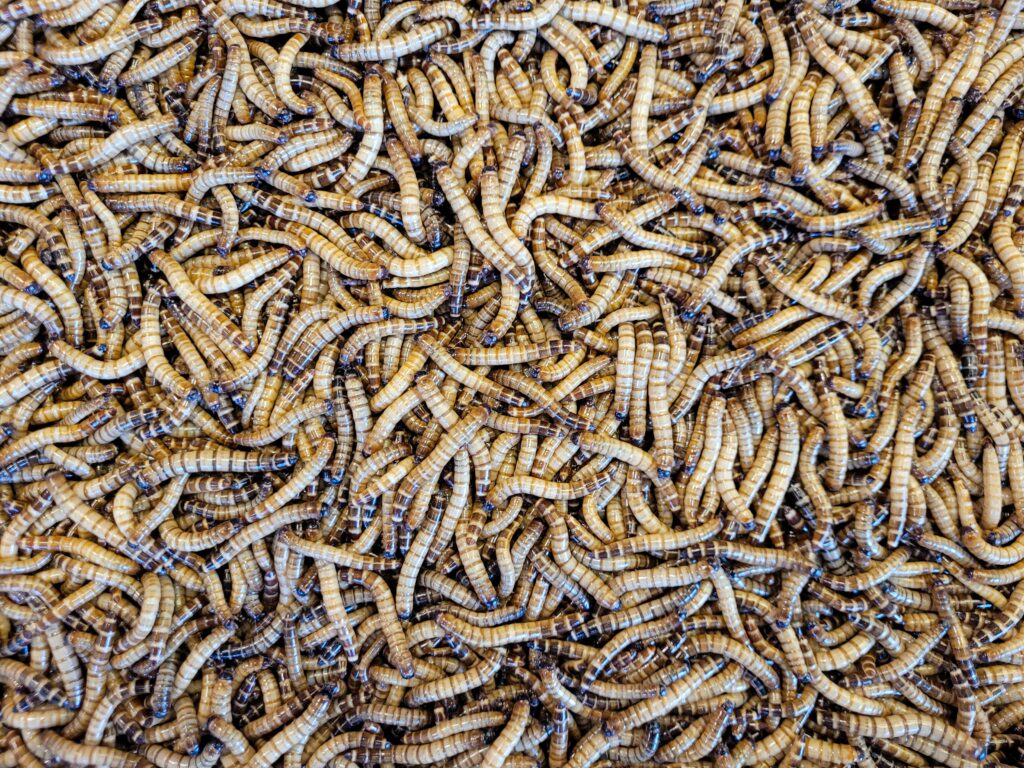
When discussing exceptionally long-lived insects, the queen termite stands above all others with an astonishing potential lifespan of up to 50 years in the wild. This remarkable longevity makes her not only the longest-living insect but places her among the longest-lived invertebrates on Earth. The queens of certain termite species, particularly those belonging to the Macrotermes genus, have been documented to reign over their colonies for several decades. During this time, a single queen may produce millions of offspring, maintaining a constant egg-laying schedule that can exceed 30,000 eggs per day in her prime. This extraordinary reproductive capacity is matched only by her incredible ability to resist the cellular aging processes that limit the lifespans of other insects.
Biological Mechanisms Behind Termite Queen Longevity
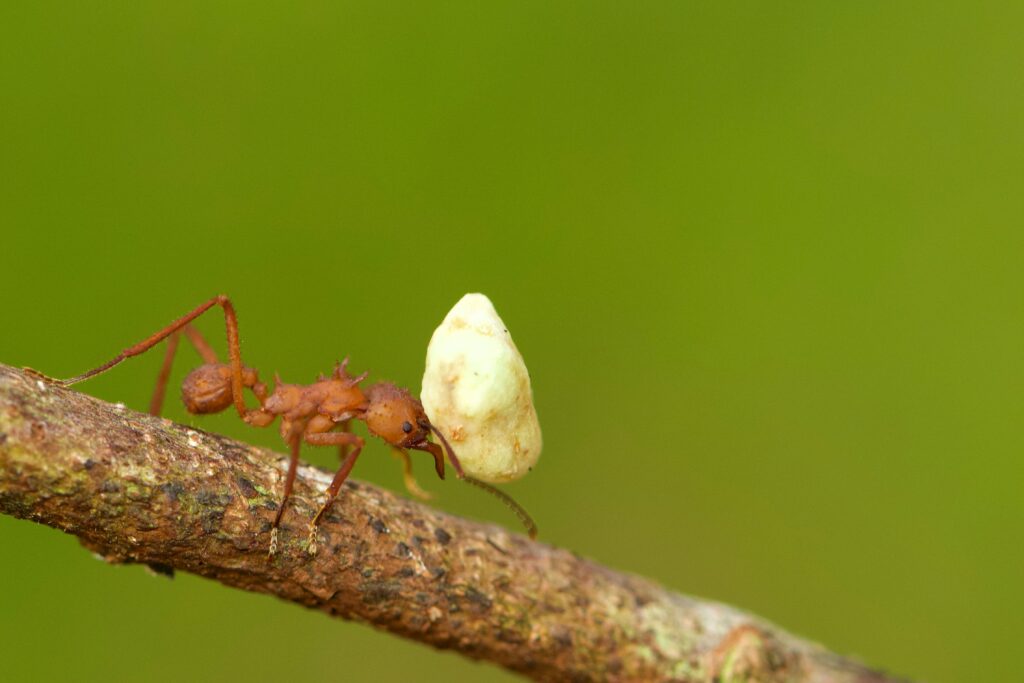
The termite queen’s exceptional lifespan is supported by several specialized biological adaptations that work together to extend her life far beyond that of ordinary insects. One key factor is their remarkably efficient antioxidant defense systems, which help protect their cells from oxidative damage that typically leads to aging. Research has shown that termite queens maintain high levels of protective enzymes such as superoxide dismutase and catalase throughout their lives, effectively neutralizing harmful free radicals. Additionally, these queens possess enhanced DNA repair mechanisms that correct genetic damage before it can accumulate and lead to cellular dysfunction. Their bodies also demonstrate impressive immune system regulation, preventing the inflammatory responses that contribute to aging in many other organisms, while maintaining protection against pathogens that could threaten their long lives.
Queen Ant Longevity: Decades of Colony Leadership
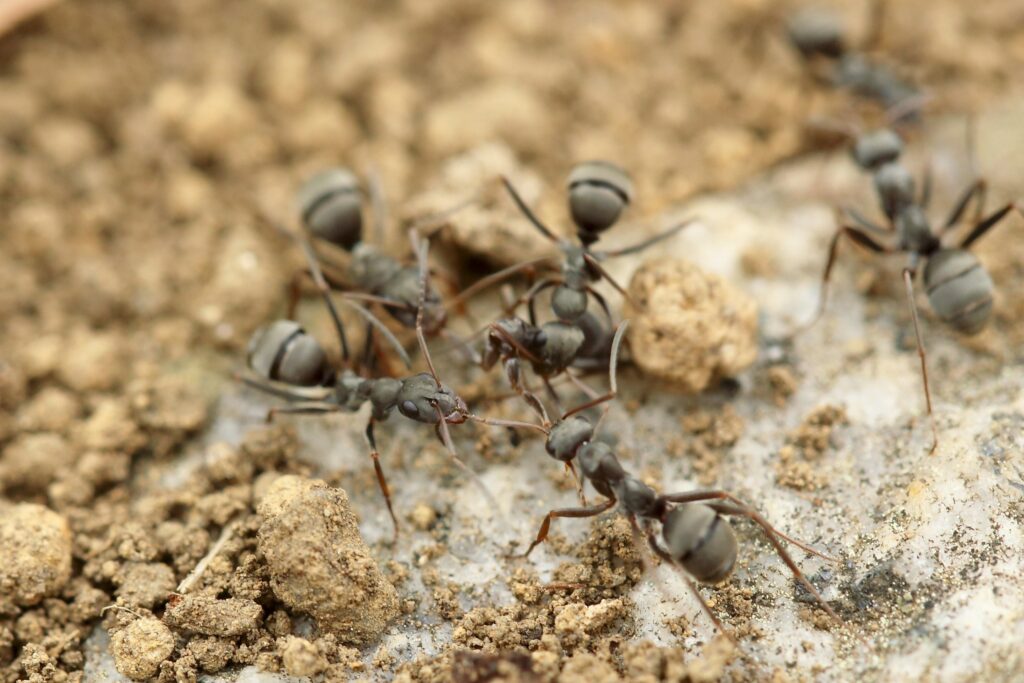
Queen ants represent another extraordinary example of insect longevity, with certain species capable of living for multiple decades. The queens of Lasius niger (black garden ant) have been documented to survive for up to 28 years in natural conditions, while queens of Pogonomyrmex owyheei (harvester ants) can live for up to 30 years. Unlike worker ants, which typically live for just a few months to a year, the queen experiences a dramatically different aging process. This remarkable lifespan disparity occurs despite queens and workers sharing identical genetic material, highlighting the profound influence of environmental factors and gene expression on aging. Throughout their extended lives, queen ants maintain reproductive capabilities, continuously producing eggs to sustain their colonies and demonstrating little evidence of the reproductive senescence seen in most other insects.
The 17-Year Cicada: A Unique Life History Strategy
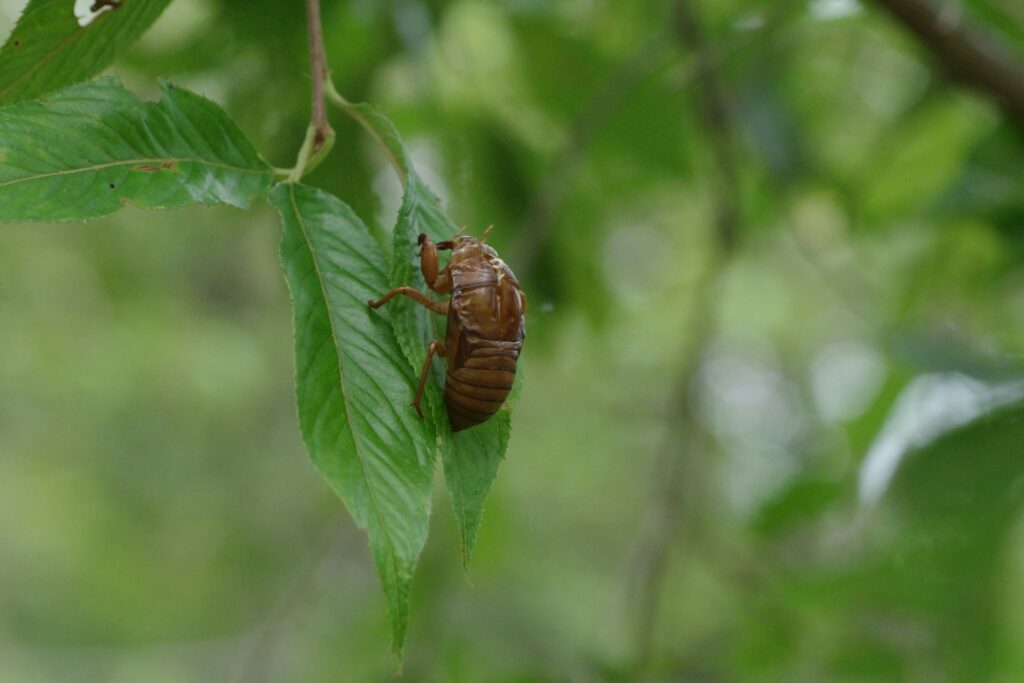
Periodical cicadas of the genus Magicicada have evolved one of the most unusual life history strategies in the insect world, spending the vast majority of their lives underground as nymphs before emerging en masse for a brief adult phase. The most famous examples are the 17-year cicadas found in eastern North America, which remain in their juvenile stage for 17 years before synchronously emerging by the billions. During their prolonged underground development, these cicadas feed on tree root xylem fluids and progress through five developmental instars, or growth stages. This extended developmental period represents a different form of longevity than the continuous adult existence of queen termites and ants, but still places cicadas among the longest-lived insects on the planet. The evolutionary advantages of this strategy include predator satiation and the avoidance of parasites that might otherwise synchronize their life cycles with the cicadas.
Wood-Boring Beetles: Decades of Larval Development
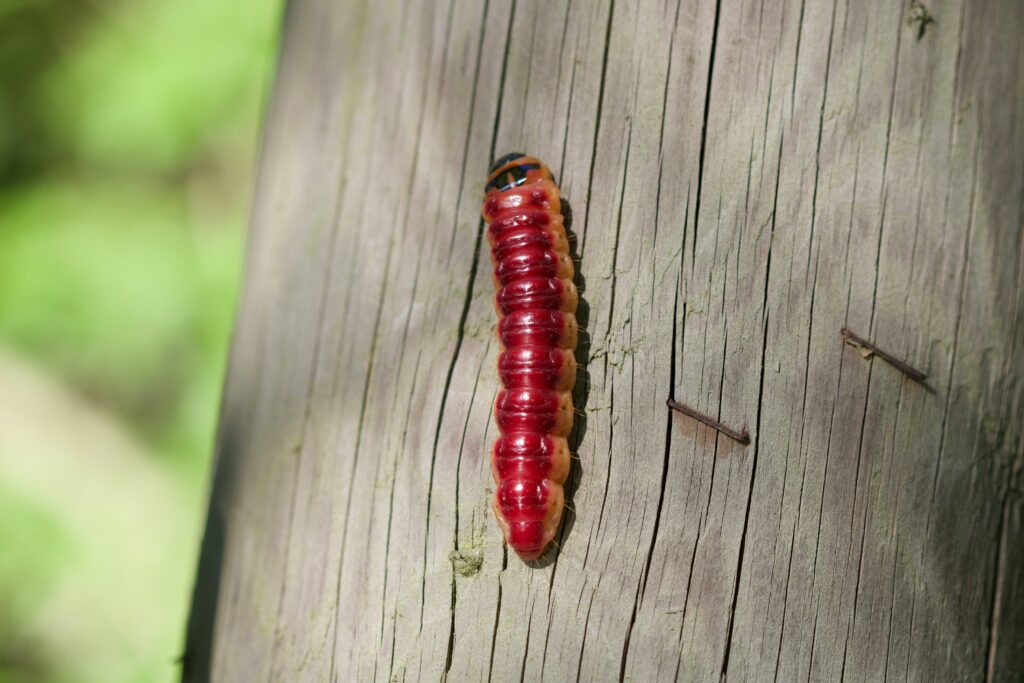
Certain species of wood-boring beetles demonstrate remarkable longevity during their larval stages, with some capable of developing inside wood for decades before emerging as adults. The most extreme example is likely the Buprestid beetle Buprestis aurulenta, whose larvae have been documented emerging from wooden furniture and structural timbers after 40-50 years of development. In a famous case from 1967, adult beetles emerged from the wooden support beams of a Canadian radio station building that was 40 years old, having been in the larval stage since the building’s construction. This extended development occurs when larvae encounter suboptimal conditions, such as very dry wood with limited nutritional value, forcing them to progress extremely slowly through their developmental stages. Unlike the social insects with long-lived reproductive females, these beetles experience longevity in their immature form rather than as reproductively active adults.
Honey Bee Queens: Living Up to Six Years
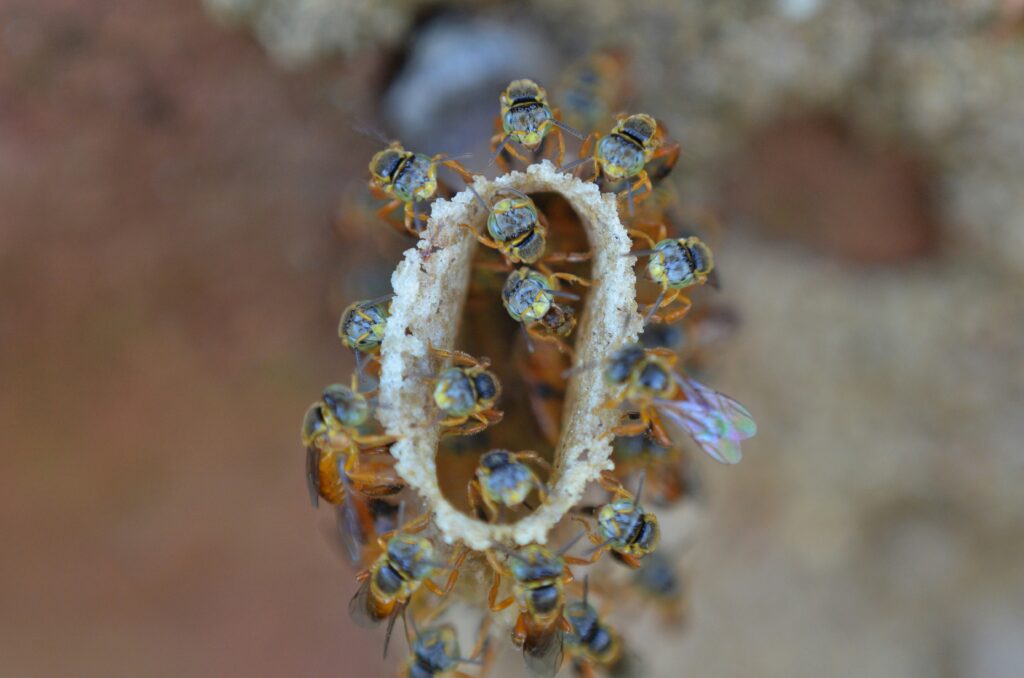
While not achieving the multi-decade lifespans of termite queens, honey bee queens (Apis mellifera) nonetheless demonstrate impressive longevity compared to other members of their colonies. A healthy honey bee queen can live between 2-6 years in natural conditions, while the worker bees she produces live just 4-6 weeks during active seasons. This remarkable difference in lifespan occurs despite queens and workers developing from genetically identical eggs, with the queen’s development triggered by special feeding with royal jelly throughout her larval life. The queen’s extended lifespan is supported by continuous care from worker bees, protection from environmental stresses, and biological mechanisms that delay cellular senescence. Throughout her life, a single queen bee can lay up to 2,000 eggs per day and may produce up to 1.5 million eggs in her lifetime, maintaining the colony’s population of up to 60,000 bees.
Comparative Biology: Why Social Insect Queens Live So Long

The exceptional longevity of social insect queens represents one of the most dramatic examples of lifespan plasticity in the animal kingdom. This phenomenon is particularly intriguing because queens and workers develop from identical genetic material, yet experience vastly different lifespans. Research has identified several key factors contributing to queen longevity, including specialized diets rich in antioxidants and protective compounds, physical protection within the nest environment, and reduced exposure to predators and pathogens. At the molecular level, queens show different patterns of gene expression that upregulate protective cellular mechanisms and DNA repair pathways. Additionally, queens of many social insect species maintain high levels of vitellogenin, a protein that serves both reproductive functions and acts as an antioxidant, helping to extend lifespan by protecting against oxidative damage to cells. These adaptations have evolved in response to the reproductive division of labor in social insect colonies, where queens specialized for reproduction benefit from extended lifespans.
Cryptobiosis: Suspended Animation in Extreme Conditions
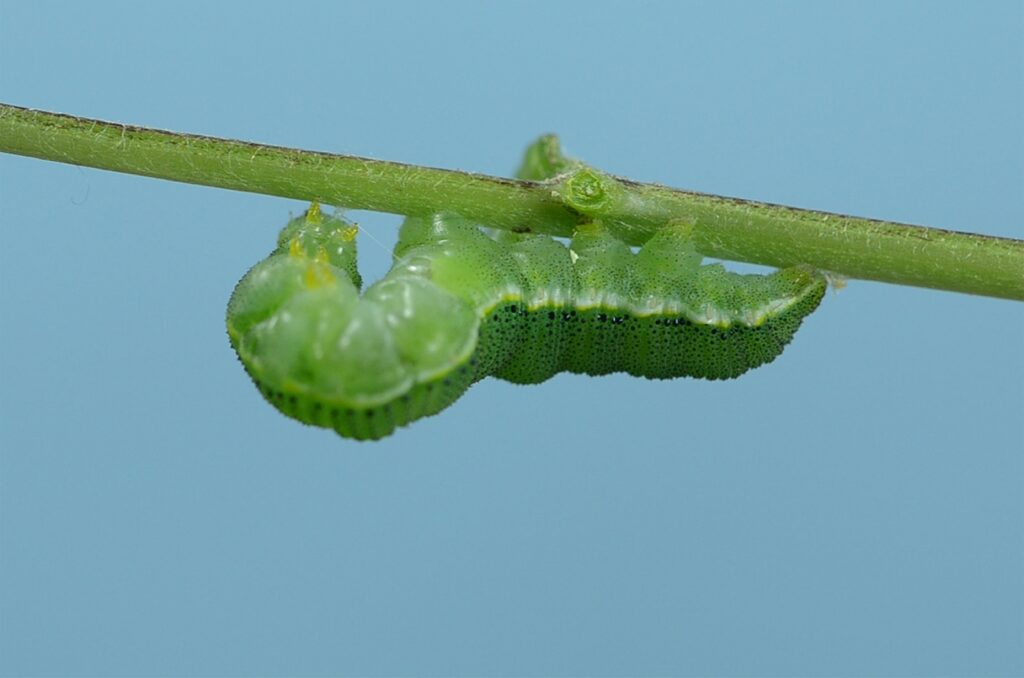
Some insects demonstrate a different approach to longevity through cryptobiosis – a state of extremely reduced metabolic activity that allows them to survive adverse conditions for extended periods. The most dramatic example is seen in the larvae of the African chironomid midge Polypedilum vanderplanki, which can enter a state of complete desiccation called anhydrobiosis, losing up to 97% of their body water. In this dehydrated state, these insects can survive for up to 17 years while showing no detectable metabolism or biological activity. When rehydrated, they can resume normal development within hours, effectively “pausing” their lifespan during unfavorable conditions. This adaptation allows these insects to survive in temporary pools in semi-arid regions of Africa that may dry up for years or even decades at a time. While not representing continuous active life like social insect queens, this suspended animation strategy represents another fascinating approach to extreme insect longevity.
The Diapause Phenomenon: Extended Dormancy
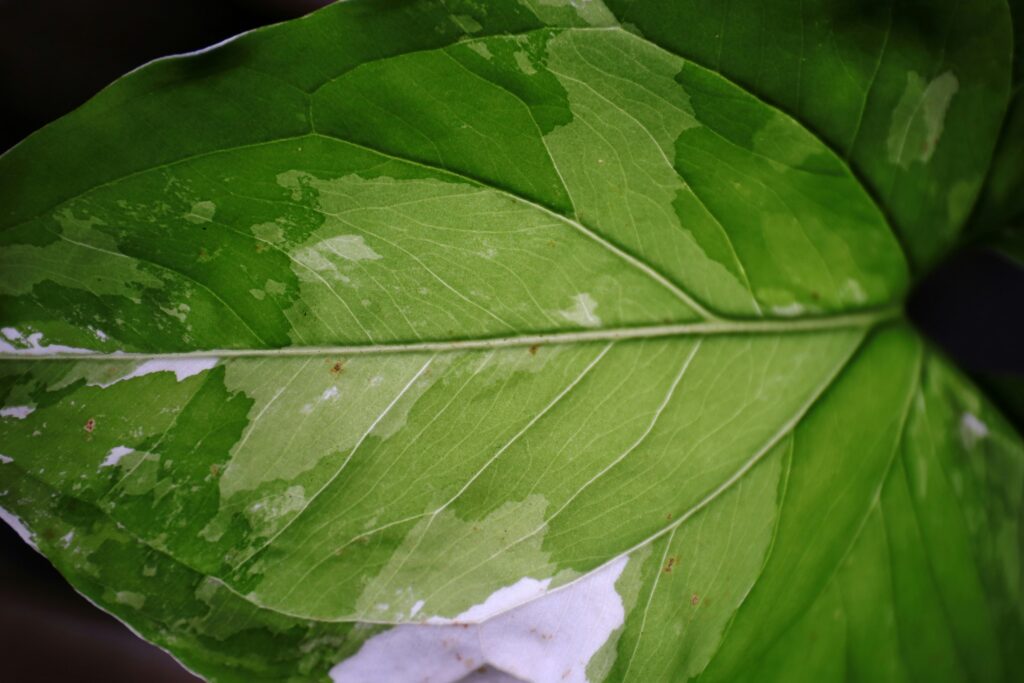
Diapause represents a genetically programmed period of dormancy that allows many insect species to survive unfavorable environmental conditions and effectively extend their lifespans. Unlike simple quiescence, which is a direct response to adverse conditions, diapause involves complex physiological preparations that allow insects to endure extended periods of metabolic suppression. The emperor butterfly (Saturnia pavonia) provides a striking example, with pupae capable of remaining in diapause for up to seven years before emerging as adults if environmental conditions remain unfavorable. During diapause, insects reduce their metabolic rate by up to 90%, accumulate cryoprotectant compounds like glycerol to prevent freezing damage, and enhance cellular stress resistance mechanisms. This adaptation allows certain insects to synchronize their life cycles with seasonal resource availability or to survive multiple years of unfavorable conditions, effectively extending their overall lifespan through periods of suspended development.
Cockroach Longevity: Survivors Extraordinaire

Among the non-social insects, certain cockroach species demonstrate impressive longevity that far exceeds most solitary insects. The American cockroach (Periplaneta americana) can live for up to 4 years in favorable conditions, while some individuals of the Madagascar hissing cockroach (Gromphadorhina portentosa) have been documented to survive for up to 5 years in captivity. These extended lifespans are supported by efficient detoxification systems that help cockroaches process environmental toxins and a remarkably robust immune response that protects against pathogens. Additionally, cockroaches demonstrate cellular resistance to radiation damage and maintain active regenerative capabilities throughout much of their lives. Unlike social insects where only the reproductive individuals achieve exceptional longevity, both male and female cockroaches can reach these advanced ages, making them among the longest-lived non-social insects.
Factors Influencing Insect Longevity
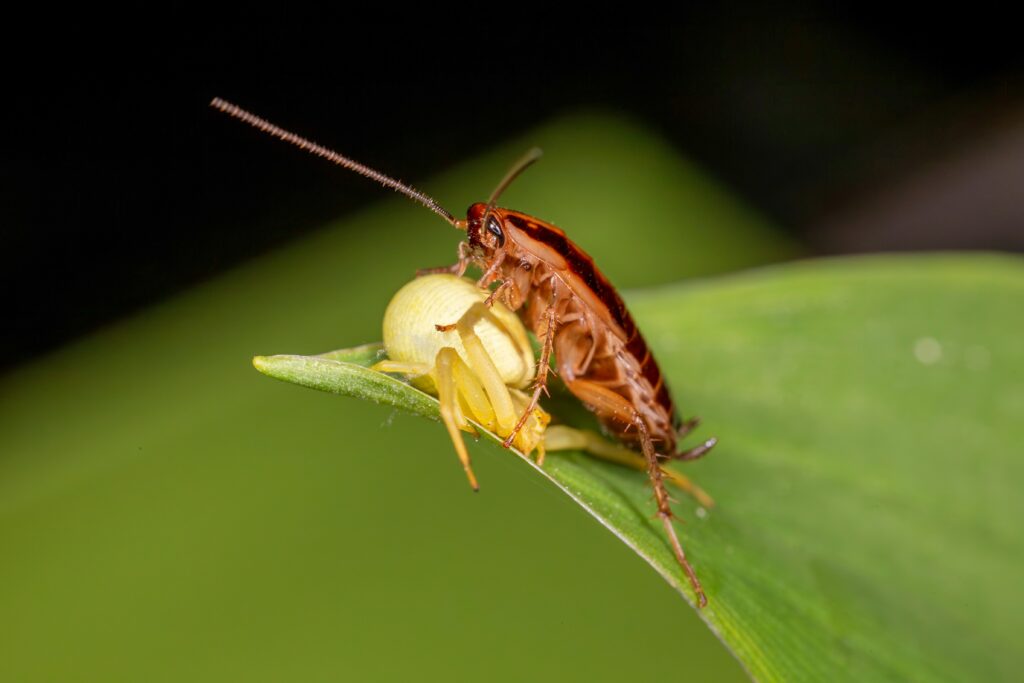
The dramatic differences in lifespan between insect species and even between individuals of the same species reflect the influence of multiple interacting factors. Environmental conditions play a crucial role, with temperature being particularly significant – many insects live substantially longer when maintained at cooler temperatures that slow their metabolic rates. Nutritional factors also strongly influence longevity, with caloric restriction often extending lifespan in laboratory studies, mirroring findings in many other animals. Reproductive effort typically trades off against longevity, with reproduction accelerating aging processes in many species. This trade-off is particularly evident in social insects, where non-reproductive workers have shorter lifespans than queens despite identical genetic material. Additionally, body size correlates positively with lifespan across insect species, with larger species generally living longer than smaller ones, though this relationship is modified by many other factors including metabolic rate, reproductive strategy, and ecological niche.
Human Interest and Scientific Value of Long-Lived Insects

The extraordinary longevity of certain insects holds significant value for both scientific research and human understanding of aging processes. Researchers studying these long-lived insects have identified unique genetic pathways and biochemical adaptations that may inform human aging research and potentially lead to interventions that extend healthy lifespan. The dramatic plasticity of aging in social insects, where genetically identical individuals can have ten-fold or greater differences in lifespan, provides valuable insights into the epigenetic regulation of aging processes. Beyond their scientific value, these long-lived insects challenge our perceptions about the temporal scale of insect lives and their ecological impacts. Conservation implications also emerge, as the longest-lived insects often require stable habitats over extended timeframes and may be particularly vulnerable to rapid environmental changes. Understanding these remarkable creatures enriches both our scientific knowledge and our appreciation for the diverse adaptation strategies that have evolved in the insect world.
Conservation Challenges for Long-Lived Insect Species
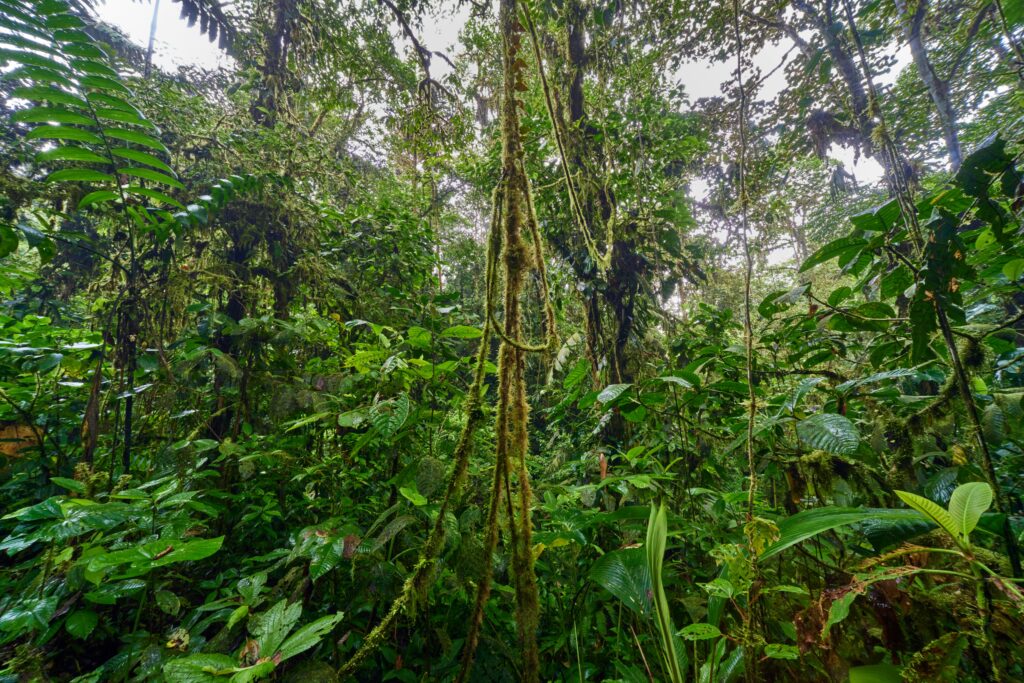
The exceptional longevity of certain insect species presents unique conservation challenges that differ from those facing shorter-lived species. Long-lived insects typically have slower reproductive rates and delayed maturity, making their populations less resilient to disturbances and slower to recover from population declines. For example, the 17-year cicadas represent a particularly vulnerable case, as a single failed emergence could represent the loss of nearly two decades of development. Similarly, colonies of long-lived termites and ants may require decades of stable environmental conditions to reach their full ecological potential and reproductive capacity. Habitat fragmentation poses a particular threat to these species, as their limited dispersal capabilities may prevent them from relocating when environments become unsuitable. Climate change presents another significant challenge, as many long-lived insects have evolved life history strategies precisely tuned to historical climate patterns that are now rapidly shifting, potentially disrupting the environmental cues that regulate their development and reproduction.
Conclusion
The remarkable longevity of certain insect species represents one of the most fascinating aspects of entomology, challenging our preconceptions about insect lifespans and revealing the extraordinary diversity of life history strategies that have evolved in the arthropod world. From the 50-year reign of termite queens to the extended developmental periods of wood-boring beetles and the cryptobiotic survival of desiccation-tolerant midges, these long-lived insects demonstrate nature’s remarkable capacity for adaptation and specialization. Their extended lifespans reflect complex interactions between genetics, environment, behavior, and ecology, offering valuable insights into the fundamental biological processes of aging and longevity. As we continue to study these extraordinary creatures, they may well provide new understanding that contributes not only to entomological knowledge but to broader questions about the nature of aging across all forms of life.

